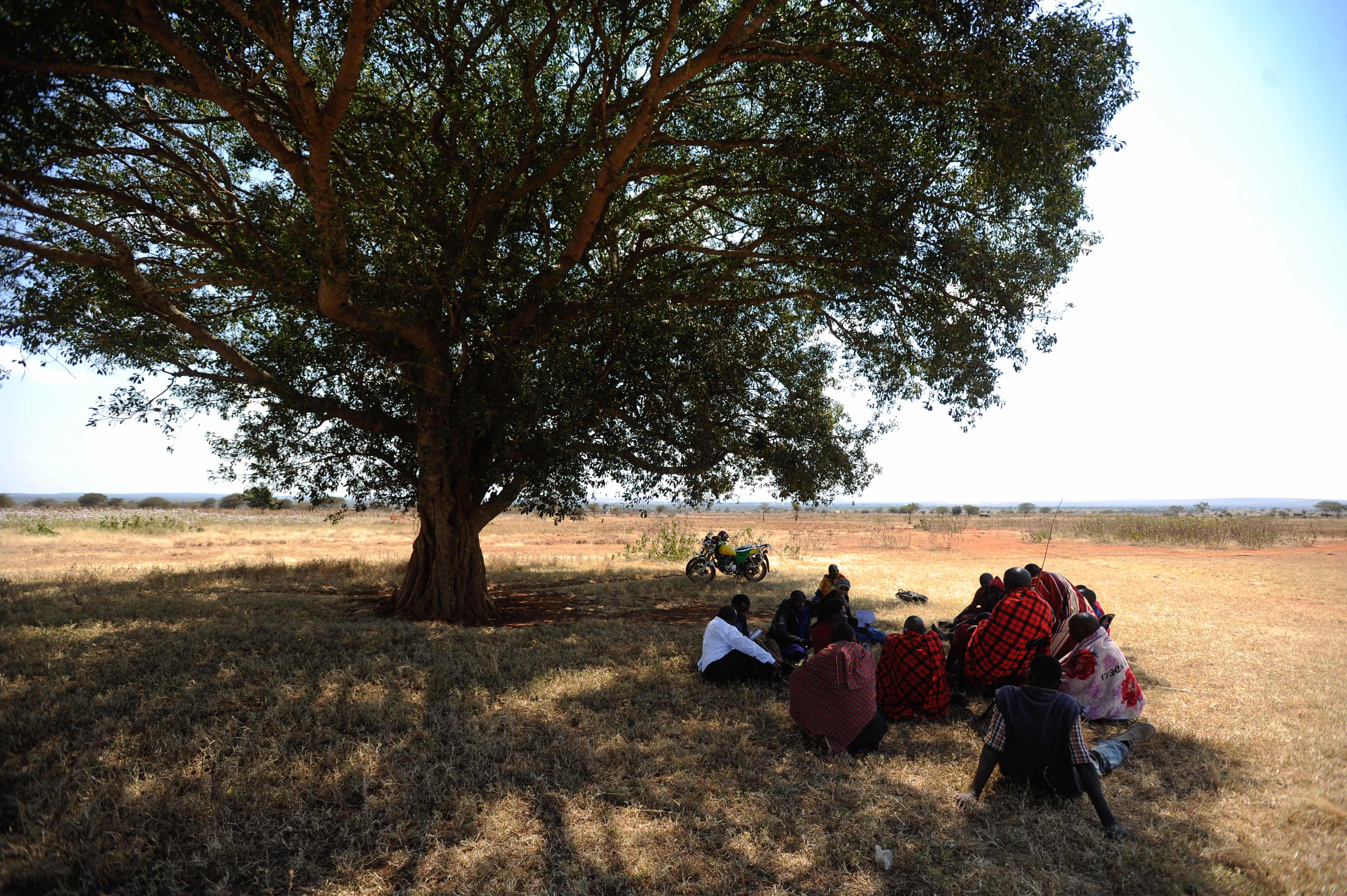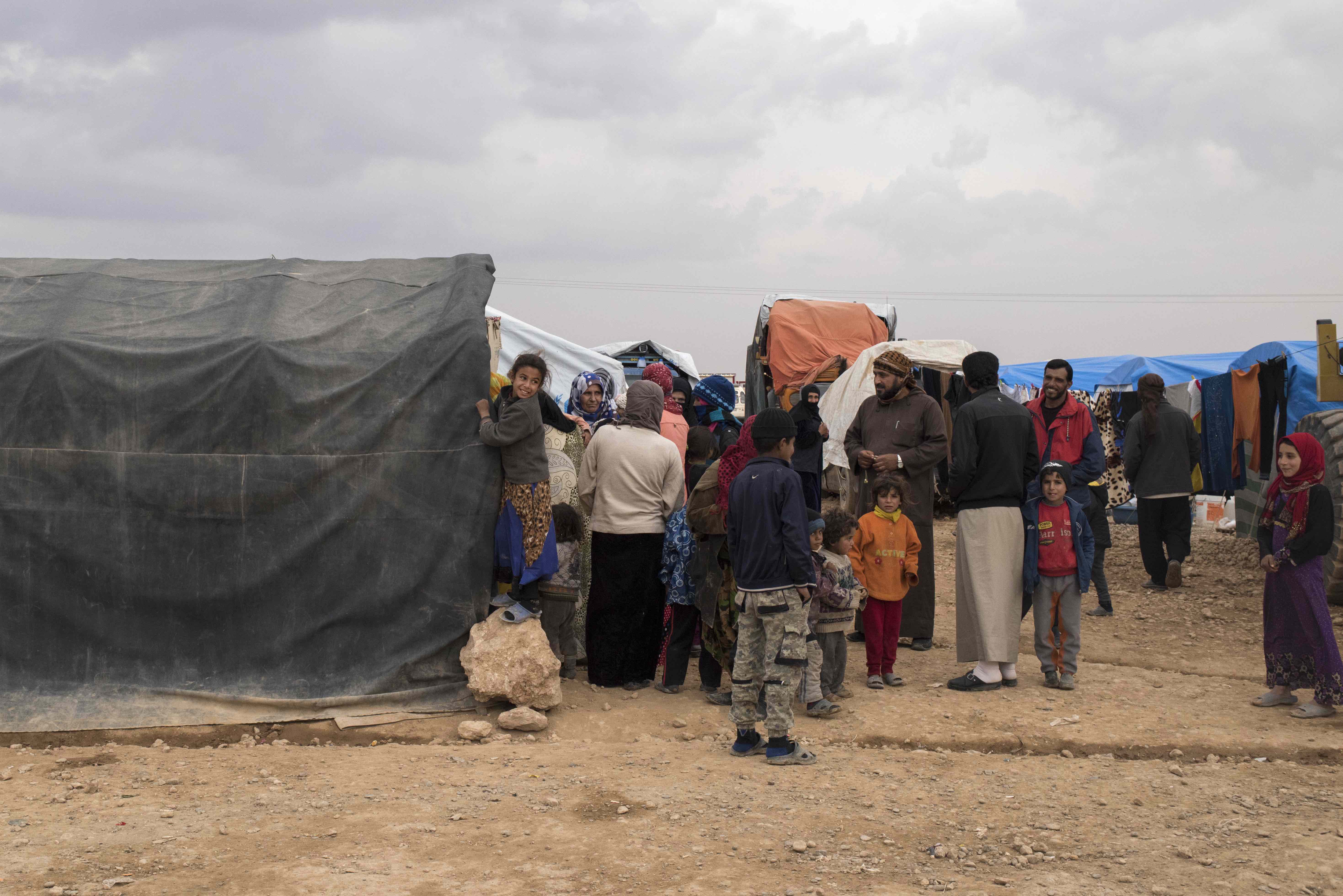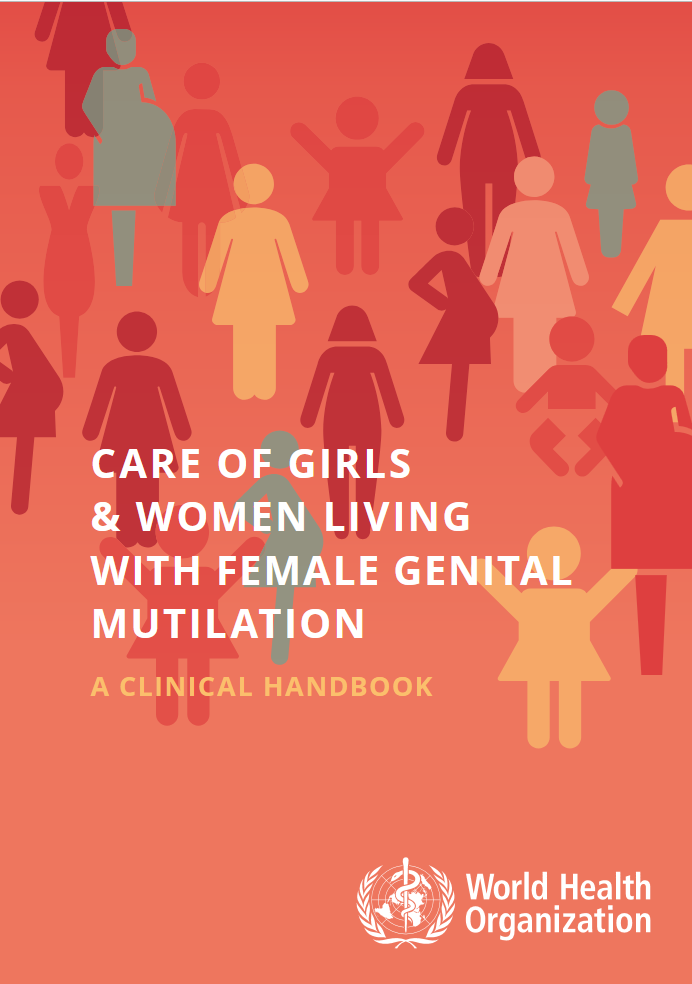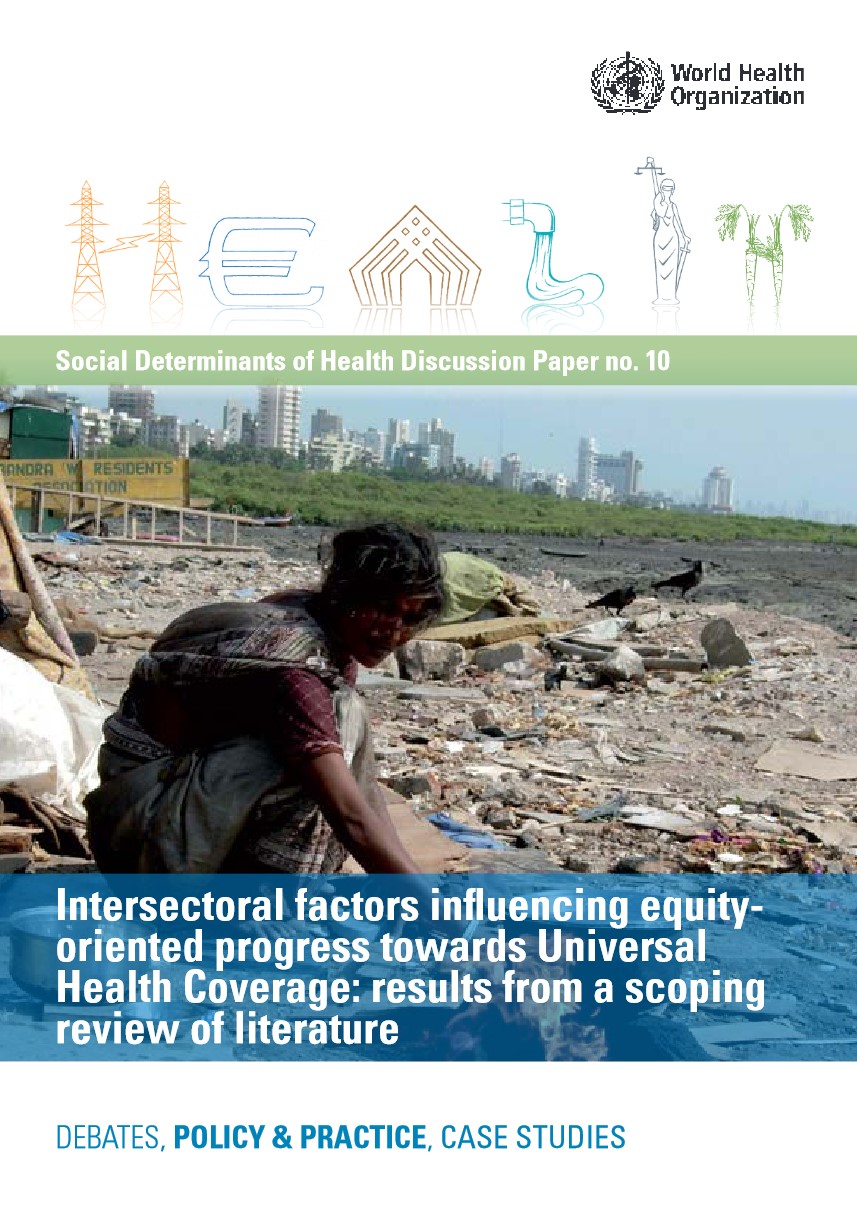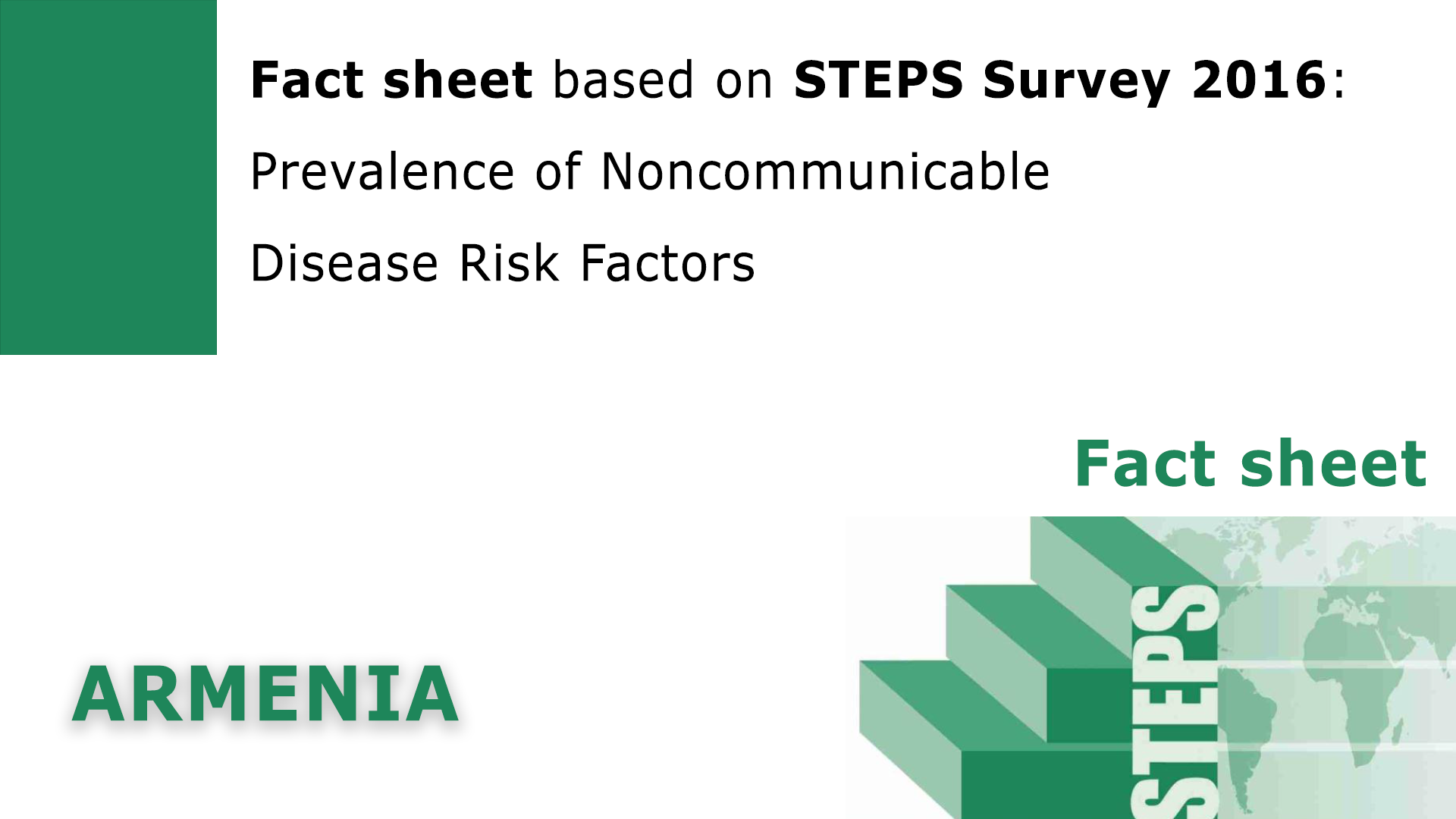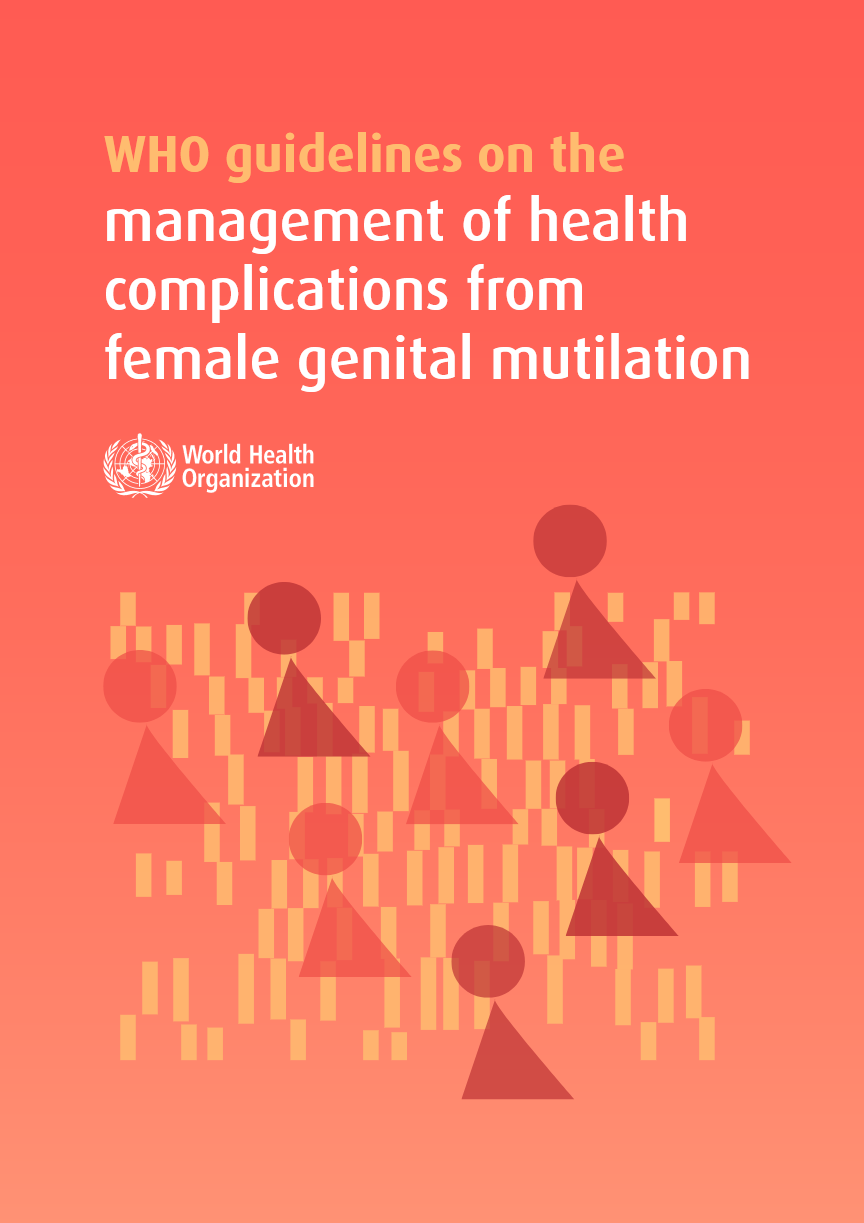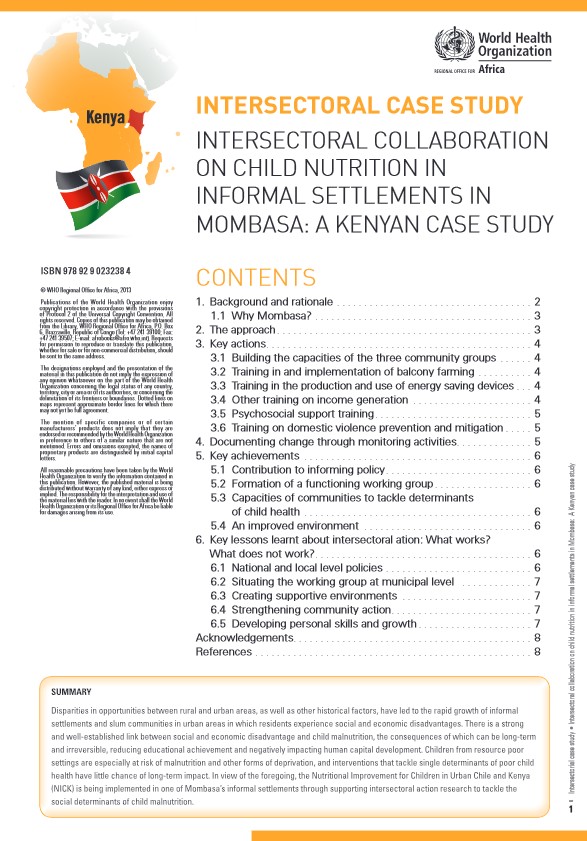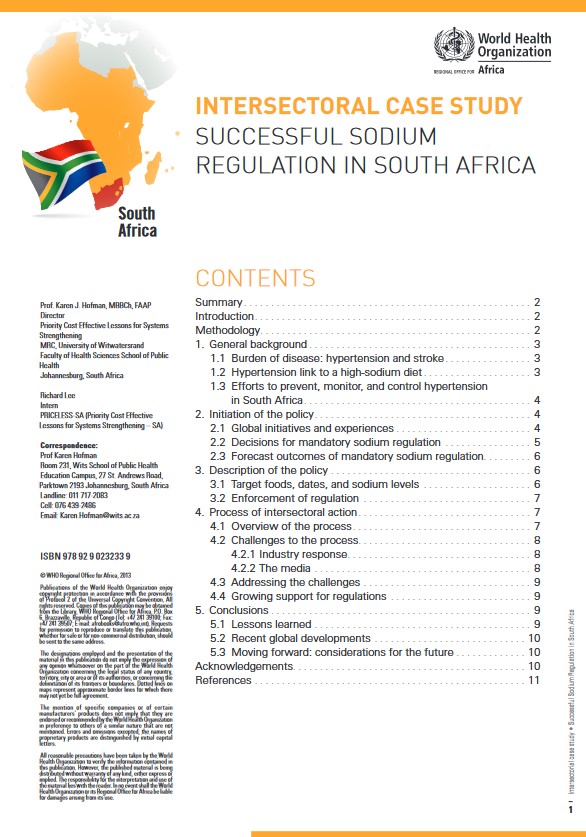World Health Organization
Lessons learned on health adaptation to climate variability and change: experiences across low and middle-income countries
Publication
17 Oct 2018
This document in the first part reviews and synthesizes the first five years of implementation (2008–2013) of projects on health adaptation to climate variability and change in low and middle income countries worldwide. The second part of the repor...

